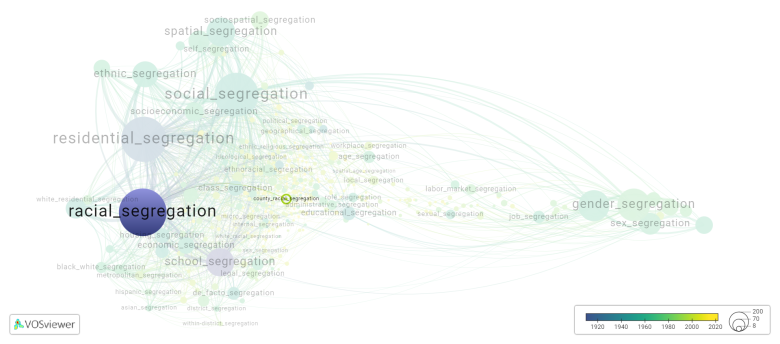County racial segregation
Date and country of first publication[1]
2006
United States
Definition
Racial segregation in counties can be seen through a variety of indicators, such as residential patterns, economic disparities, educational opportunities, and access to resources. In many cases, racial segregation in counties is a result of historical and systemic discrimination, such as redlining, restrictive covenants, and discriminatory lending practices.
Racial segregation can manifest in different ways in different counties, but some common indicators include neighborhoods that are predominantly one race or ethnic group, disparities in income and wealth between racial groups, disparities in access to quality education and healthcare, and disparities in opportunities for economic advancement.
Efforts to address racial segregation in counties often involve policies and initiatives that promote fair housing, equitable access to resources and opportunities, and greater opportunities for social and economic mobility for marginalized communities. These efforts may include affordable housing initiatives, diverse school integration programs, anti-discrimination policies, and other measures aimed at promoting racial equity and inclusion.
See also
Related segregation forms
County racial segregation is frequently discussed in the literature with the following segregation forms:
This visualization is based on the study The Multidisciplinary Landscape of Segregation Research.
For the complete network of interrelated segregation forms, please refer to:
References
Notes
- ↑ Date and country of first publication as informed by the Scopus database (December 2023).
County racial segregation appears in the following literature
Robert S.A., Ruel E. (2006). Racial segregation and health disparities between black and white older adults. Journals of Gerontology - Series B Psychological Sciences and Social Sciences, 61(4), S203-S211. Gerontological Society of America.https://doi.org/10.1093/geronb/61.4.S203

